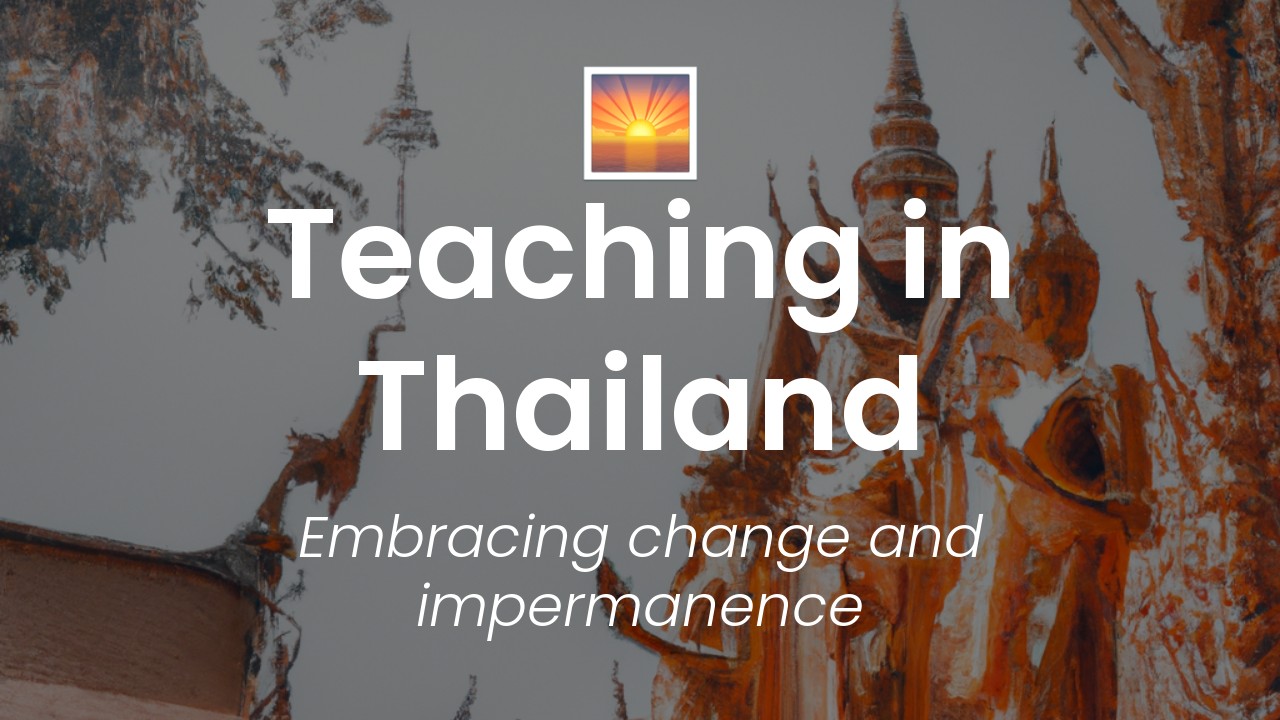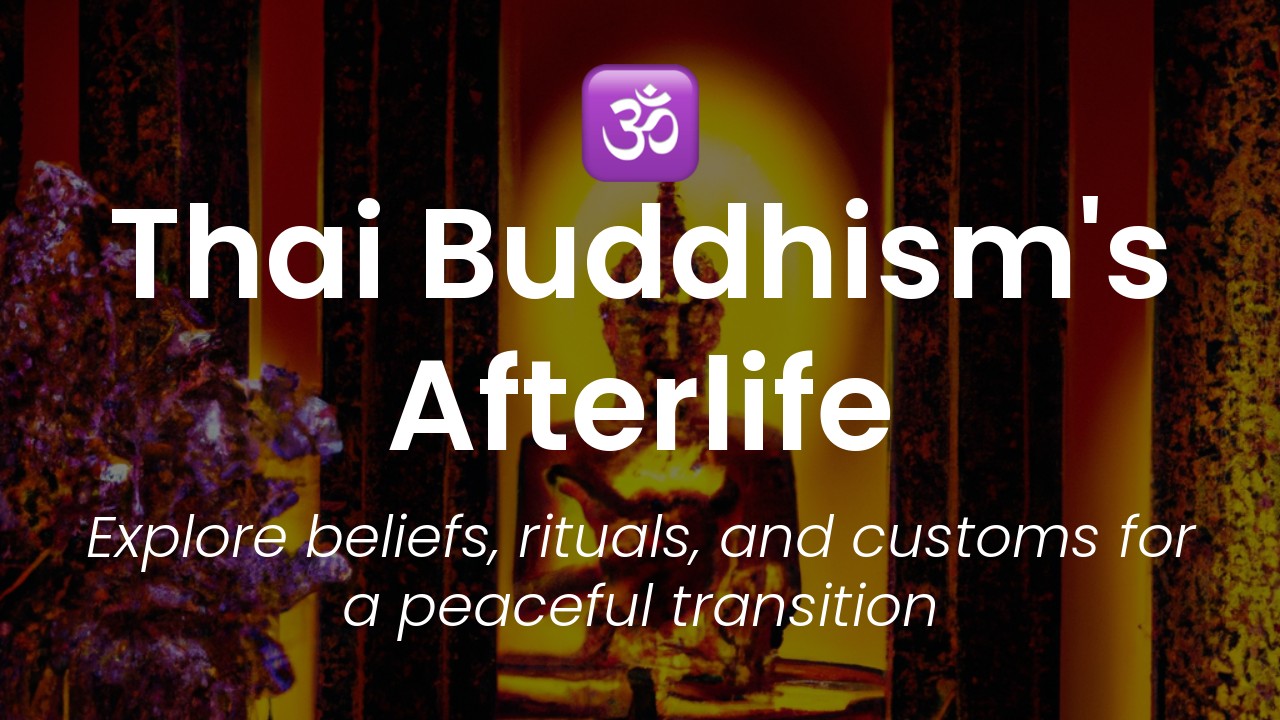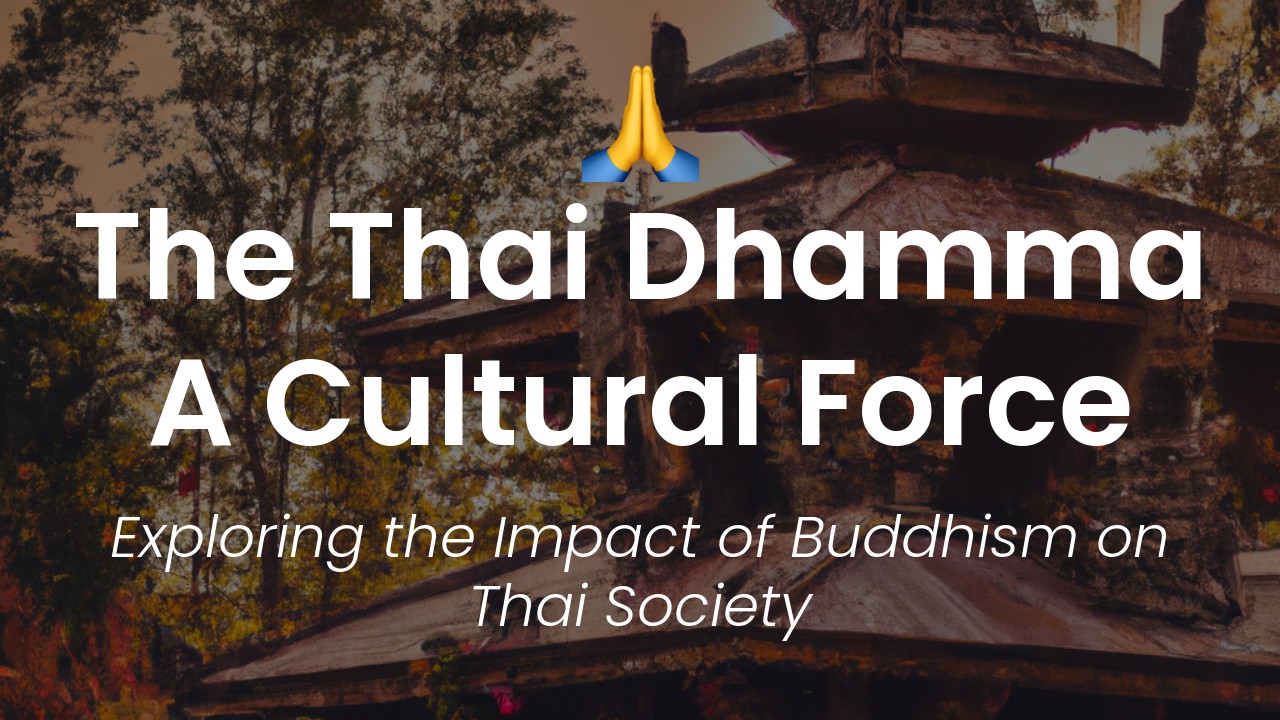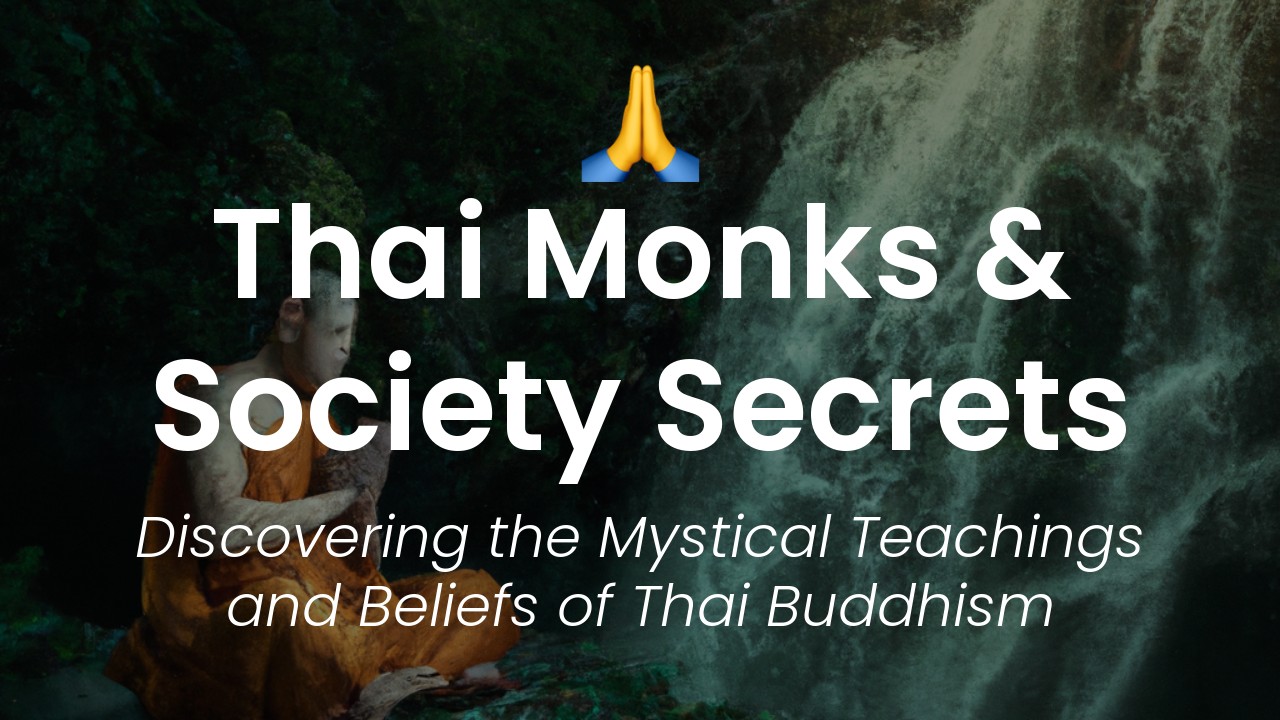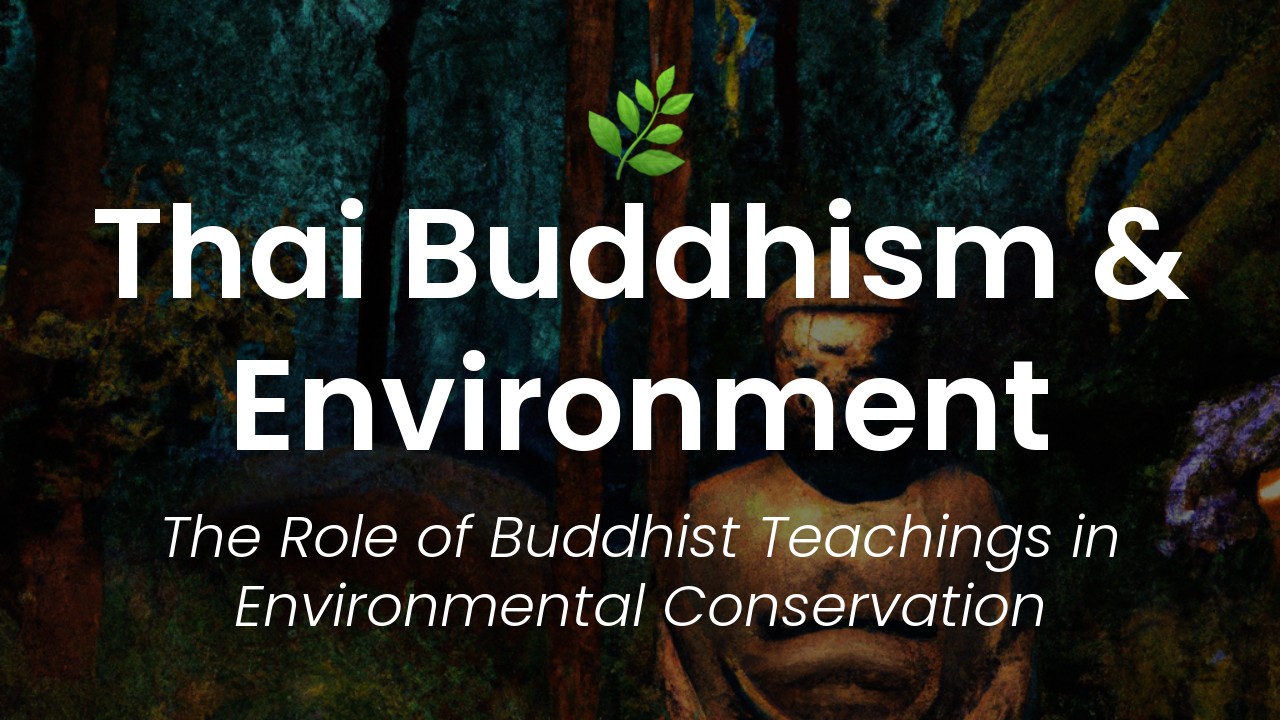As a young woman who is passionate about Thai culture and religion, I have always found the concept of Anicca particularly fascinating. Anicca, also known as impermanence, is one of the three universal principles in Buddhism and refers to the idea that all things, whether living or non-living, are in a constant state of change and transformation. Understanding Anicca is essential to attaining a deeper understanding of the Buddhist teachings and way of life.
Over the years, I have had the privilege of teaching Anicca to countless individuals, both locals and foreigners, who come to Thailand to deepen their knowledge of Buddhism. As a result, I have become intimately familiar with the challenges and joys of teaching such a fundamental concept to others. In this article, I will provide the ultimate guide to teaching Anicca in Thailand, drawing upon my own experience and expertise.
First and foremost, it is important to note that teaching Anicca is not just about conveying information. It is about helping individuals experience the principle for themselves, and cultivating a deep, personal connection to its significance. This involves presenting Anicca in a way that is relatable to the individual, and tailoring your teaching approach to suit their understanding and experience. In this guide, I will share tips on how to achieve this, along with practical exercises and resources to help support your teachings. Whether you are a seasoned teacher or a beginner just starting out, this guide will provide valuable insights and ideas to help you effectively teach Anicca in Thailand.
What is Anicca?
Anicca, translated from Pali to English as impermanence, is one of the three essential Buddhist teachings. It proposes that everything in the world, including oneself, is constantly changing and evolving. In Thailand, Anicca is a fundamental concept that is embedded in various aspects of the country's culture, such as art, literature, and philosophy.
History and relevance of Anicca in Thai culture
Thailand, formerly known as Siam, has a long-standing relationship with Buddhism, which has been the dominant religion for over a millennium. The impact of Buddhism is evident in various aspects of Thai life, including architecture, festivals, and even daily norms. Anicca, in particular, has been the cornerstone of Thai Buddhist teachings for centuries. It emphasizes the importance of accepting the impermanence of all phenomena, including joy, sorrow, and life itself.
The relevance of Anicca extends beyond the boundaries of Buddhism as a religion. Thai people often use Anicca as a reminder to appreciate the present moment and avoid becoming attached to material possessions or desires. Anicca also plays a significant role in Thai literature, art, and music, particularly in the exploration of themes such as love, loss, and change.
Techniques for teaching Anicca to different age groups
Teaching Anicca can be challenging, especially when dealing with individuals from different age groups. However, there are several techniques that can be adapted depending on the audience. Here are some ways to teach Anicca to different age groups:
Children:
Teaching Anicca to children requires an interactive and engaging approach. Activities such as storytelling, coloring, and drawing can help children understand the concept of change and impermanence.
Teenagers:
Teenagers can be taught Anicca by exploring the theme of change in popular culture, such as movies or music. Using relatable examples can help teenagers understand how Anicca relates to their own lives.
Adults:
For adults, a more reflective approach can be taken. Discussions, meditation, and personal reflection can help adults internalize the lessons of Anicca and apply them to daily life.
Benefits of incorporating Anicca into daily life
Incorporating Anicca into daily life can have several benefits, such as:
Promoting mindfulness:
Anicca teaches individuals to appreciate and be aware of the present moment, promoting mindfulness and reducing anxiety.
Encouraging non-attachment:
By understanding the impermanence of all phenomena, individuals can become less attached to material possessions, reducing the stress caused by the constant pursuit of material possessions.
Providing a new perspective:
Anicca encourages individuals to adopt a long-term perspective by understanding that change is constant, leading to less focus on short-term goals and more on long-term happiness.
Common misconceptions about Anicca and how to address them
Anicca can be a difficult concept to grasp, leading to several misconceptions, such as:
Anicca means nothing is permanent:
While Anicca teaches that all phenomena are constantly changing, it does not mean that everything is temporary or meaningless. Instead, it encourages individuals to appreciate the present moment and accept the reality of change.
Anicca is depressing:
Some individuals believe that accepting the impermanence of all things can lead to a bleak outlook on life. However, Anicca encourages individuals to find joy and happiness in the present, regardless of the inevitability of change.
Resources for further learning about Anicca in Thailand
Several resources are available for individuals interested in learning more about Anicca in Thailand, such as:
Temples:
Temples in Thailand often offer meditation and mindfulness courses, providing individuals with an opportunity to learn about Anicca from experienced practitioners.
Museums:
Museums such as the National Museum Bangkok showcase the history and cultural significance of Buddhism in Thailand, providing a deeper understanding of how Anicca is integrated into Thai culture.
Books:
Several books, such as "Buddhism for Beginners" by Thich Nhat Hanh and "What the Buddha Taught" by Walpola Rahula, offer in-depth explanations of Buddhist teachings, including Anicca.
Conclusion: Why teaching Anicca is important in promoting mindfulness and well-being.
Anicca, the Buddhist concept of impermanence, is deeply ingrained in Thai culture. Incorporating Anicca into daily life provides several benefits, such as promoting mindfulness, encouraging non-attachment, and providing a new perspective on life. While teaching Anicca can be challenging, various techniques can be adapted to different age groups. Resources such as temples, museums, and books are available for individuals interested in deepening their understanding of Anicca in Thailand.

